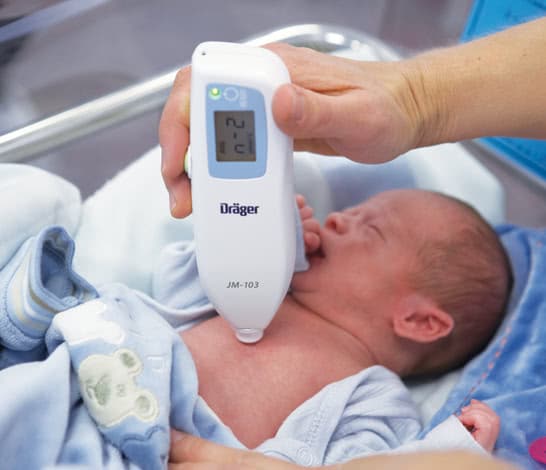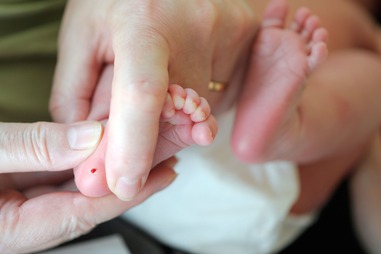When it comes to caring for a newborn child, it is very common for a newborn to get jaundice. Also known as neonatal jaundice, most newborn jaundice will recover without issues over time. However, I am sure you will have some concerns too so in this topic, we’ll touch on:
- causes of newborn jaundice
- symptoms of jaundice
- the risk of a baby getting jaundice
- breastfeeding related jaundice
- ways of monitoring the jaundice level

A baby needs to be almost fully exposed during a phototherapy session.
What is newborn jaundice?
Newborn jaundice is a condition in with the eyes and skin of a baby becomes yellow. It is caused by a content called bilirubin:
- Bilirubin is one of the components of blood.
- When blood ages and breaks down, it releases bilirubin.
- A high level of bilirubin causes a baby’s skin and eyes to turn yellow.
Most of the time, newborn jaundice is physiological. After birth, it takes a while before a baby’s liver starts to function at full capacity. During this period, the level of bilirubin builds up in the body.
The signs to look out for:
- The white area of the eyes is yellow.
- Skin appears yellow.
- Not sucking milk strongly (when the jaundice is bad).
- Dark tea coloured urine.
Watch this simple to understand 1-minute video to know what newborn jaundice is all about.
Other causes of newborn jaundice?
The other causes of newborn jaundice are:
- breastfeeding jaundice
- breast milk jaundice
- medical conditions
Breastfeeding jaundice
It usually occurs during the first week after birth. This happens when the mother’s breast milk supply has yet to establish. The insufficient breast milk causes a small level of dehydration in a baby. As a result, the level of bilirubin rises. You may want to consider supplementing it with infant formula until your breastmilk supply is established.
Breast milk jaundice
Occurs in healthy babies. Breastfeeding itself has a lot of proven benefits. You just need to monitor the level of jaundice until it goes away.
Medical conditions
Jaundice that occurs within the 24 hours of life is always considered serious.
The causes include:
- Mother’s blood type is O and baby’s blood type is A, B or AB, apart from O.
- Mother is Rhesus-negative and baby’s positive.
- Baby’s blood has abnormal shapes.
- Infections in a baby.
- Genetic disorders.
- Low thyroid function.
- Bumps/bruises on a baby.
The risks of getting newborn jaundice
Some babies are more likely to get jaundice compared to others. If your baby belongs in these categories, then chances are higher:
- Preterm babies who are less than 37 weeks old.
- East Asian or Mediterranean of origin, which includes us Malaysians & Singaporeans.
- Siblings who had newborn jaundice.
- Newborn babies with feeding difficulties.
- You have diabetes or pregnancy-related diabetes.
- Your baby has a bruise or a bump on the scalp after delivery.
How to monitor newborn jaundice?
There are several ways you can monitor a newborn’s jaundice:
Using the Kramer scale

Do not use this scale if you’re unsure as it is just an estimation. Jaundice is best seen under natural light. This chart is a rough guide to gauge the severity of jaundice. Zone 1 indicates jaundice at its lowest level and Zone 5 indicates the highest. If you do see yellowing of the skin in Zone 4 and 5, bring your baby to see a doctor immediately.
Take heed. It is usually very difficult to determine the level of jaundice using this method under untrained eyes.
Using a jaundice meter

A jaundice meter will give you a more accurate reading.
This is a tool used to screen and monitor the level of jaundice if you are not comfortable with the Kramer scale method. Besides, a visual inspection of jaundice is considered insufficient as it can lead to false estimates, which may lead to serious consequences. This meter measures the yellow pigmentation under the skin and mucous membranes. It is a non-invasive method, in which your baby does not need to be pricked for blood.
Heel prick test

Generally painless as the heel of a baby is fairly thick.
Through a heel prick test, a small amount of blood is taken from your baby’s heel to be measured. This test gives the most accurate reading. It is performed in a clinic or a hospital to monitor the level of jaundice in a baby.
Complications of neonatal jaundice
Most newborn jaundice resolves when a baby turns 1 month old. However, a small percentage of babies develops severe jaundice.
If left unchecked, it can lead to serious complications:
- Permanent brain damage.
- Developmental delay.
- Deafness.
Image credit:
- https://www.changemakers.com/sites/default/files/emw-dtm_firefly_image.jpg
- https://image.slidesharecdn.com/neonataljaundice-180630072136/95/neonatal-jaundice-19-638.jpg?cb=1530343455
- https://www.draeger.com/Products/Image/jaundice_meter_mt-3681-2007.jpg
- https://media.healthdirect.org.au/images/general/primary/baby-heel-prick-test-B1TK48.jpg
- https://www.happy-mummy.com/wp-content/uploads/Confinement-herbs-for-new-mom.jpg
- https://www.istockphoto.com/my/photo/beautiful-latin-american-newborn-baby-in-incubator-getting-treated-for-jaundice-gm956193244-261076799
References:
- Management of Neonatal Jaundice | Clinical Practice Guidelines by Ministry of Health Malaysia
- Newborn Jaundice | MedlinePlus
- Neonatal Jaundice | Medscape
- Jaundice (Newborn) | NUH kids
- Treating jaundice in newborn babies | NHS choices
In collaboration with Ethissa








